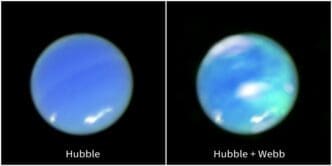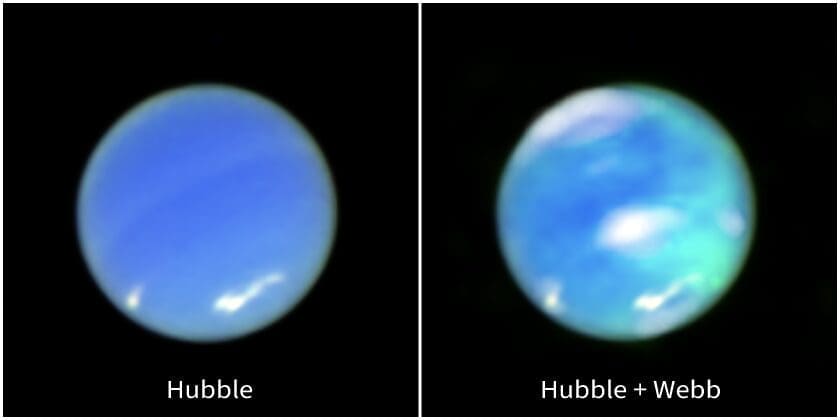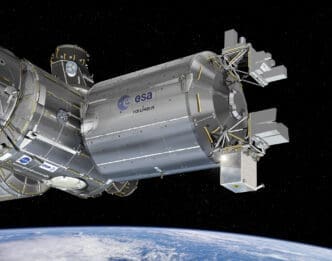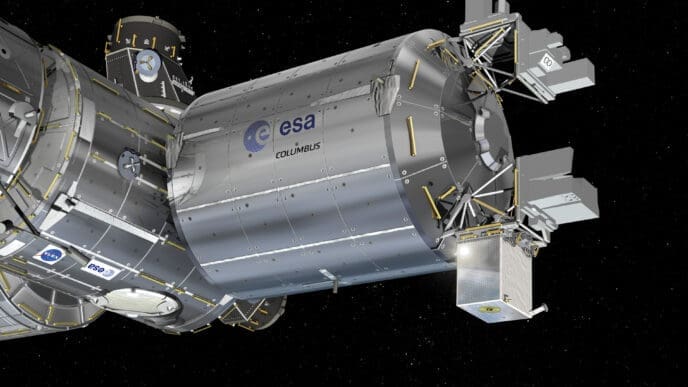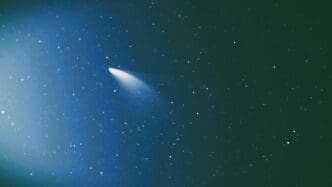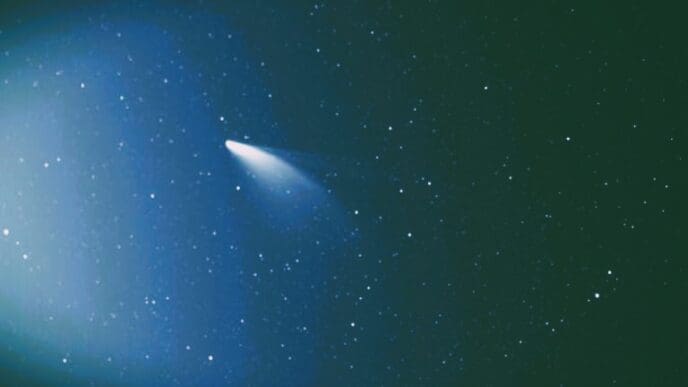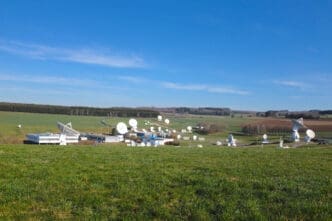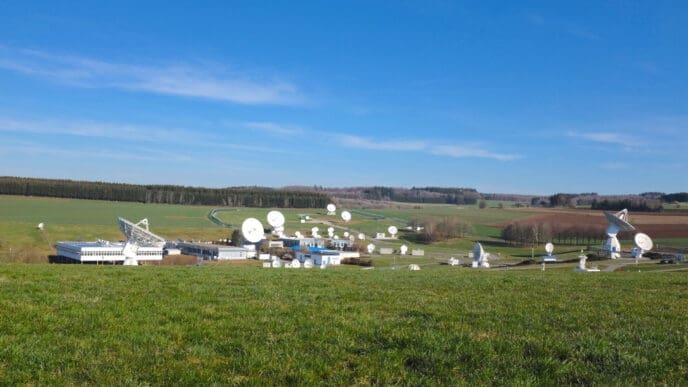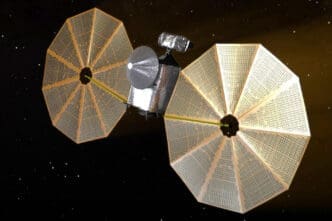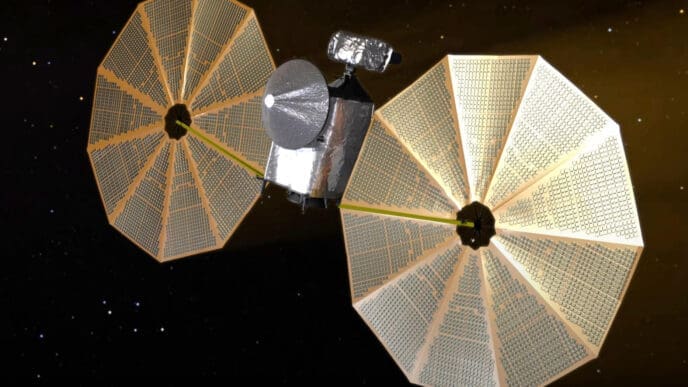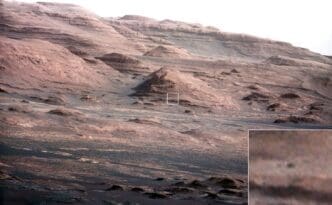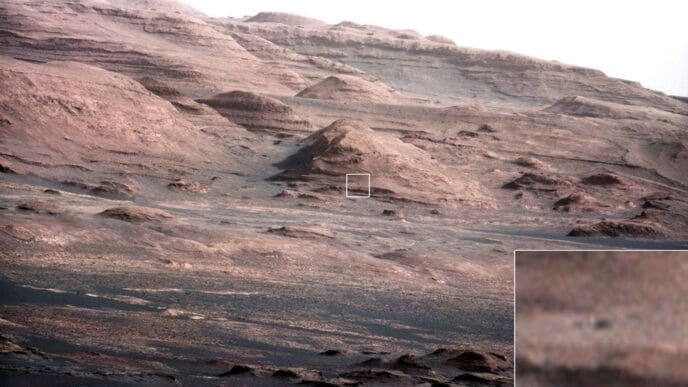For the first time, NASA’s James Webb Space Telescope has successfully captured the vibrant auroral activity on Neptune, marking a significant milestone in space exploration. Auroras, the spectacular light shows often seen on planets, are formed when energetic particles, usually from the Sun, become trapped in a planet’s magnetic field and collide with the upper atmosphere, emitting a radiant glow. While hints of auroral activity on Neptune were first glimpsed during NASA’s Voyager 2 flyby in 1989, definitive imaging had eluded astronomers until now, despite successful detection on other giant planets such as Jupiter, Saturn, and Uranus.
“Imaging the auroral activity on Neptune was only possible with Webb’s near-infrared sensitivity,” explained Henrik Melin of Northumbria University, who led the research while at the University of Leicester. “Seeing not just the auroras but their detail and clarity was truly stunning.”
The breakthrough data was gathered in June 2023 using Webb’s Near-Infrared Spectrograph. This technology allowed astronomers to capture both images of Neptune and a spectrum to characterize its atmospheric composition and temperature. A notable discovery was the presence of the trihydrogen cation (H3+) emission line, a marker signifying auroral activity.
In Webb’s images, the auroras appear as cyan splotches alongside white clouds, overlaying a full image of Neptune from Hubble’s Wide Field Camera 3. This joint collaboration included insights from NASA, ESA, CSA, and renowned scientists such as Heidi Hammel, Henrik Melin, and Leigh Fletcher.
“H3+ has been a clear indicator of auroral activity on other gas giants,” noted Heidi Hammel of the Association of Universities for Research in Astronomy. “Webb was uniquely capable of providing this confirmation for Neptune.”
Neptune’s auroras differ from those on Earth or the other gas giants. They are located at mid-latitudes, akin to South America’s position on Earth, due to Neptune’s unusual magnetic field, which is tilted 47 degrees from its rotation axis. This field was first identified by Voyager 2 in 1989.
The detection of Neptune’s auroras opens new avenues in understanding how the planet’s magnetic field interacts with solar particles. For the first time since Voyager 2’s flyby, temperatures at the top of Neptune’s atmosphere were measured, revealing surprising cooling. “Neptune’s upper atmosphere has cooled by several hundreds of degrees,” Melin revealed. “In fact, the 2023 temperature was just over half of what it was in 1989.”
This cooling likely explains why Neptune’s auroras have remained unseen for so long, as a cooler atmosphere results in faint auroras. The dramatic temperature drop suggests significant atmospheric changes despite Neptune’s distant position from the Sun.
Astronomers now aim to study Neptune over a full solar cycle, an 11-year period driven by the Sun’s magnetic field, to unearth the mysteries of Neptune’s magnetic field and its tilt. “Future missions to Uranus and Neptune will greatly benefit from instruments tuned to infrared wavelengths to study auroras,” added Leigh Fletcher of Leicester University.
These observations are part of the Guaranteed Time Observation program led by Hammel and have been published in Nature Astronomy. The James Webb Space Telescope, a collaboration among NASA, ESA, and CSA, continues to be the world’s leading space science observatory, exploring the mysteries of our solar system, the cosmos beyond, and the origins of the universe.
The Evolving Landscape
- The discovery provides crucial insights into Neptune’s atmospheric conditions, contributing to our understanding of ice giant planets.
- Understanding Neptune’s unique auroras could help researchers learn more about the planet’s magnetic field dynamics.
- These findings may influence future missions to Neptune and Uranus, emphasizing the importance of infrared technology.
- The study highlights the potential for significant atmospheric changes on distant planets, even those far from the Sun.
- Such discoveries could enhance our knowledge of other planets’ magnetic fields and how they interact with solar winds.
- These observations add a new dimension to our understanding of planetary atmospheres in our solar system.
- The data could lead to advancements in predicting atmospheric conditions on other planets.
- Webb’s success demonstrates the importance of international collaboration in space exploration.
- The findings could impact how astronomers approach the study of other celestial bodies with complex magnetic fields.
- Neptune’s auroras offer a fresh perspective on the planet’s atmospheric phenomena, potentially leading to new scientific theories.

